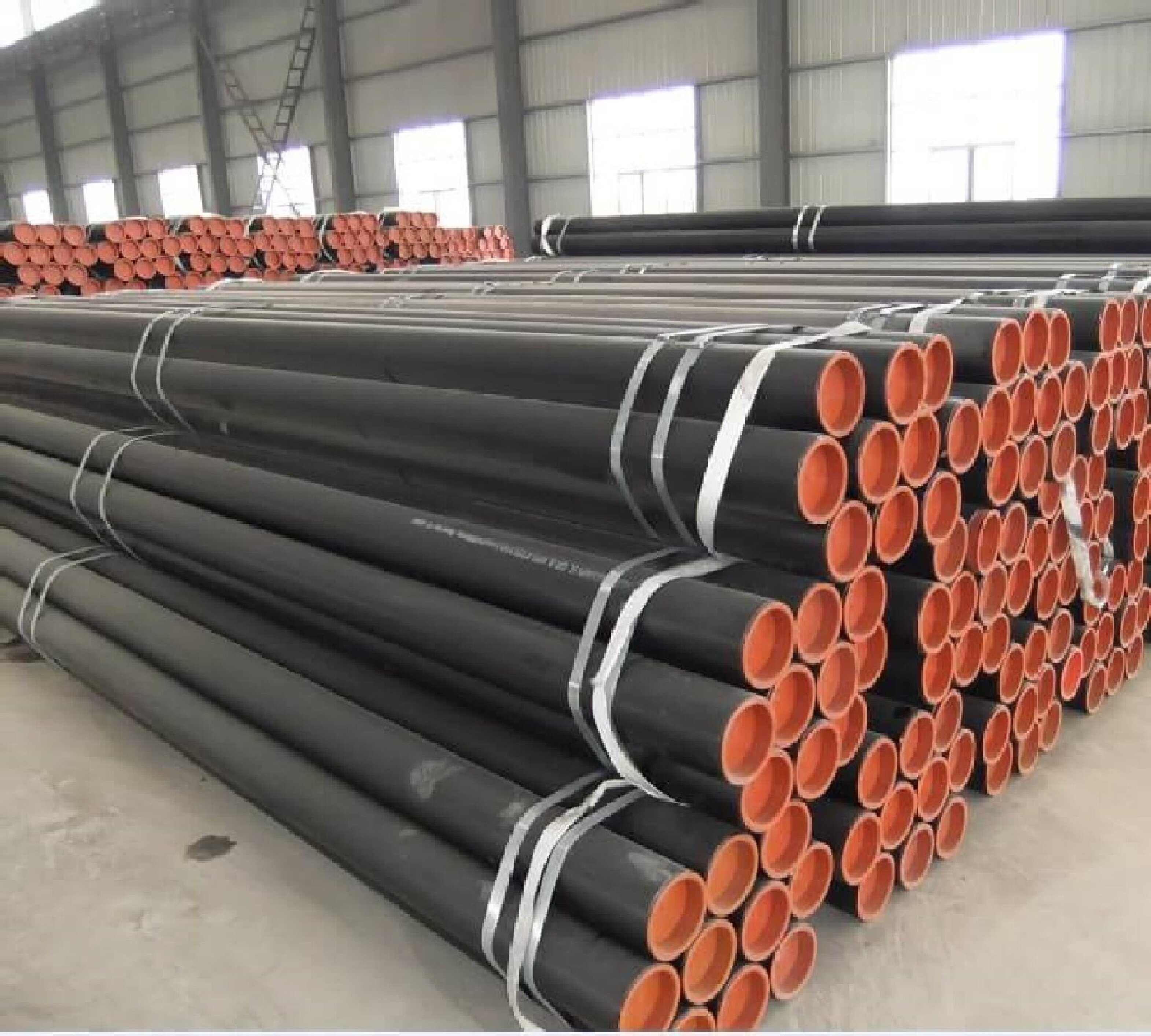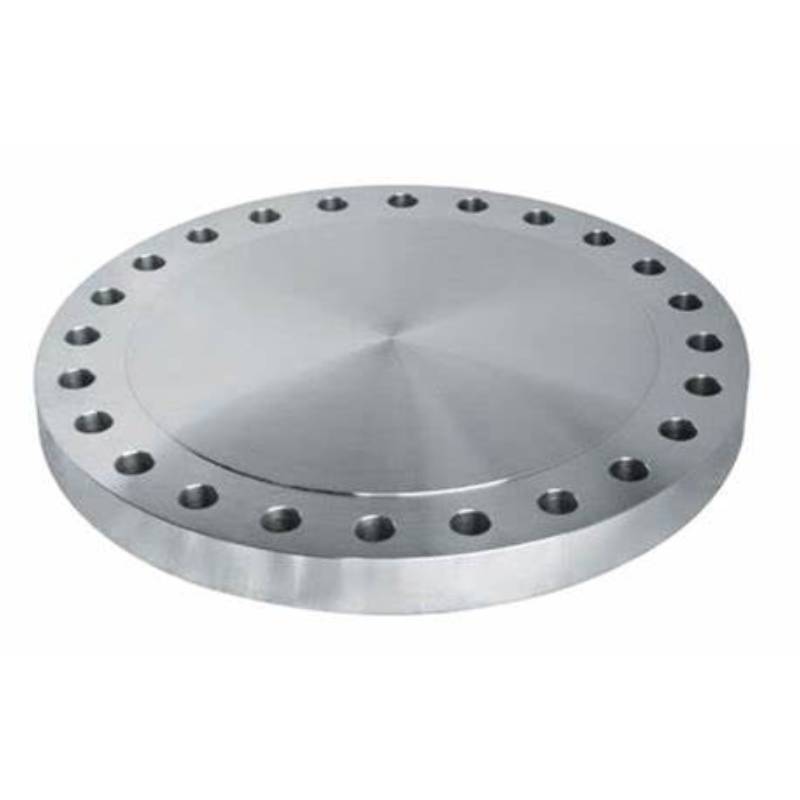-
Cangzhou Yulong Steel Co., Ltd.
-
Phone:
+86 13303177267 -
Email:
admin@ylsteelfittings.com
- English
- Arabic
- Italian
- Spanish
- Portuguese
- German
- kazakh
- Persian
- Greek
- French
- Russian
- Polish
- Thai
- Indonesian
- Vietnamese
- Zulu
- Korean
- Uzbek
- Hindi
- Serbian
- Malay
- Ukrainian
- Gujarati
- Haitian Creole
- hausa
- hawaiian
- Hebrew
- Miao
- Hungarian
- Icelandic
- igbo
- irish
- Japanese
- Javanese
- Kannada
- Khmer
- Rwandese
- Afrikaans
- Albanian
- Amharic
- Armenian
- Azerbaijani
- Basque
- Belarusian
- Bengali
- Bosnian
- Bulgarian
- Catalan
- Cebuano
- China
- China (Taiwan)
- Corsican
- Croatian
- Czech
- Danish
- Esperanto
- Estonian
- Finnish
- Frisian
- Galician
- Georgian
- Kurdish
- Kyrgyz
- Lao
- Latin
- Latvian
- Lithuanian
- Luxembourgish
- Macedonian
- Malgashi
- Malayalam
- Maltese
- Maori
- Marathi
- Mongolian
- Myanmar
- Nepali
- Norwegian
- Norwegian
- Occitan
- Pashto
- Dutch
- Punjabi
- Romanian
- Samoan
- Scottish Gaelic
- Sesotho
- Shona
- Sindhi
- Sinhala
- Slovak
- Slovenian
- Somali
- Sundanese
- Swahili
- Swedish
- Tagalog
- Tajik
- Tamil
- Tatar
- Telugu
- Turkish
- Turkmen
- Urdu
- Uighur
- Welsh
- Bantu
- Yiddish
- Yoruba

Feb . 15, 2025 12:13 Back to list
different types of flanges used in piping
Flanges are integral components in piping systems, serving to connect pipes, valves, pumps, and other equipment to form a secure and accessible configuration. Understanding the different types of flanges and their specific applications is vital for ensuring system efficiency and safety. The selection of flanges depends on several factors such as pressure and temperature range, pipe size, and material compatibility. Here, we delve into the most commonly used types of flanges in piping, illustrating their essential roles and contributions to successful piping projects.
5. Lap Joint Flange Used in conjunction with a stub end, the lap joint flange freely rotates around the stub end. This posits a significant advantage in scenarios where frequent alignment or disassembly is required. In systems demanding regular inspection or containing materials that require continual updates, lap joint flanges offer flexibility. However, they are not generally used where the system involves high pressure and extreme temperature changes due to their fair seal capability. 6. Threaded Flange Threaded flanges are unique as they do not require welding, making them appealing for small diameter, low-pressure applications. They are easy to assemble and ideal for situations where welding is not feasible, such as in explosive atmospheres where high temperature-based operations are restricted. Their disadvantage in terms of unsuitability for large diameters and pressures is made up by their simplicity and adaptability in various minor systems and temporary connections. 7. Orifice Flange Engineered for flow measurement, orifice flanges feature orifice plates and pressure tap connections. These are primarily used in industries requiring precise flow data within the system, such as in chemical plants where processes need meticulous monitoring. The integration of orifice plates with the flange streamlines the method of gauging flow rates, letting engineers modify process parameters rapidly and efficiently. Incorporating the right type of flange ensures a well-functioning, robust pipeline system. Expert knowledge of materials and environmental conditions, combined with engineering acumen, guides the optimal selection and application of the right type of flange. Professionals in the field must remain abreast of industrial standards and technological advancements to employ flanges that assure reliability, safety, and performance excellence in their specific engineering contexts.


5. Lap Joint Flange Used in conjunction with a stub end, the lap joint flange freely rotates around the stub end. This posits a significant advantage in scenarios where frequent alignment or disassembly is required. In systems demanding regular inspection or containing materials that require continual updates, lap joint flanges offer flexibility. However, they are not generally used where the system involves high pressure and extreme temperature changes due to their fair seal capability. 6. Threaded Flange Threaded flanges are unique as they do not require welding, making them appealing for small diameter, low-pressure applications. They are easy to assemble and ideal for situations where welding is not feasible, such as in explosive atmospheres where high temperature-based operations are restricted. Their disadvantage in terms of unsuitability for large diameters and pressures is made up by their simplicity and adaptability in various minor systems and temporary connections. 7. Orifice Flange Engineered for flow measurement, orifice flanges feature orifice plates and pressure tap connections. These are primarily used in industries requiring precise flow data within the system, such as in chemical plants where processes need meticulous monitoring. The integration of orifice plates with the flange streamlines the method of gauging flow rates, letting engineers modify process parameters rapidly and efficiently. Incorporating the right type of flange ensures a well-functioning, robust pipeline system. Expert knowledge of materials and environmental conditions, combined with engineering acumen, guides the optimal selection and application of the right type of flange. Professionals in the field must remain abreast of industrial standards and technological advancements to employ flanges that assure reliability, safety, and performance excellence in their specific engineering contexts.
Latest news
-
ANSI 150P SS304 SO FLANGE
NewsFeb.14,2025
-
ASTM A333GR6 STEEL PIPE
NewsJan.20,2025
-
ANSI B16.5 WELDING NECK FLANGE
NewsJan.15,2026
-
ANSI B16.5 SLIP-ON FLANGE
NewsApr.19,2024
-
SABS 1123 FLANGE
NewsJan.15,2025
-
DIN86044 PLATE FLANGE
NewsApr.19,2024
-
DIN2527 BLIND FLANGE
NewsApr.12,2024
-
JIS B2311 Butt-Welding Fittings LR/SR 45°/90° /180°Seamless/Weld
NewsApr.23,2024











